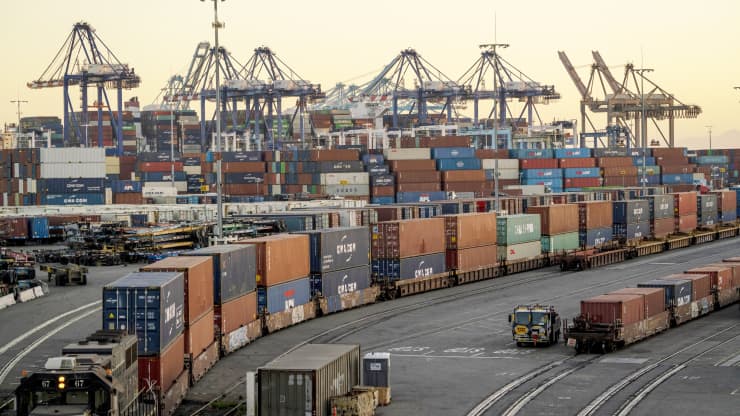Families, teachers, bosses, hoarders, everyone: all Americans consume everyday. Deliveries aren’t made in time, COVID tests are unavailable in certain stores, and tension continues to build. Unfortunately, the surge of orders during this new phase of the pandemic is difficult to maintain. Individuals have experienced numerous instances where they’ve entered chain stores for a simple consumer good, yet instantly redirected to another location for a specific product. Same day delivery isn’t always possible anymore.
Essentially, there’s an “everything shortage” and an increased demand for limited supplies means that prices will dramatically increase. Such shortages may even continue to have an impact on the upcoming holiday season in November and December. Many people have been pre-ordering their items as soon as possible, afraid of an extensive delay.
As pandemic checks rolled in, many Americans had the tendency to use the money to buy crucial home goods and essentials, such as furniture and kitchenware. People began new home renovation projects, bought improved office wear to become comfortable in their homes, and even spent money on gym equipment. However, these products are often imported through East Asian countries which are heavily impacted by the Delta variant. The variant is extremely dangerous and has caused shutdowns at semiconductor factors. The semiconductor shortage led to a shortage of chips which impacted large tech companies and made it increasingly difficult to produce high-quality vehicles without raising prices. Just recently, Apple lost the equivalent of 6 billion dollars due to these chip shortages.
Other effects of the supply chain crisis can be noticed through the cargo container traffic jam near California ports. Items continue to pile up in these containers. Shipping parcels are much more expensive, as well. According to the New York Times, in 2000 it cost $2,000 to send a container ship from Shanghai to LA, however, this estimate soared to $25,000 by 2021. The shutdown of the Suez Canal after a ship got stuck doesn’t help the process either.
A lot of these container ships also are getting stuck in the wrong place. China supplied regions in West Africa and South Asia large amounts of pandemic gear like masks and hospital gowns since it was crucial they received them. However, some of these places don’t send a lot of products back to China, so the container ships kept on piling up.
A shortage of truck drivers also contributes to this traffic at different ports. The IMF itself downgraded the U.S.’s 2021 growth forecast by one percentage point, which is a significant signal to show the supply and demand stress on the economy.
Factors cannot simply produce more since components of goods must be transported from other countries. In addition, the worsening relationship between the U.S. and China make it difficult to “ensure smooth operation,” according to Moody Analytics. This rivalry over security concerns is a threat to supply chain stability and structure. Many analysts believe that these shortages will pass, however it may not be anytime soon and it may dramatically change the way people view the economy.







